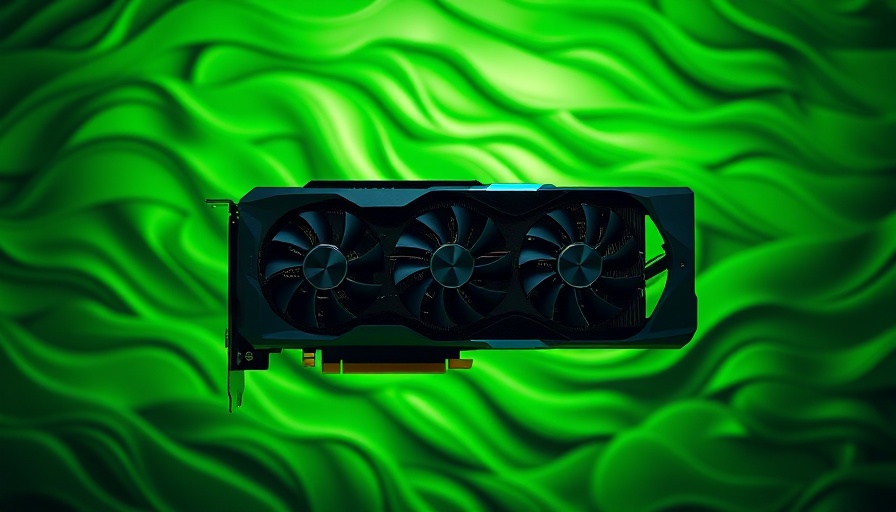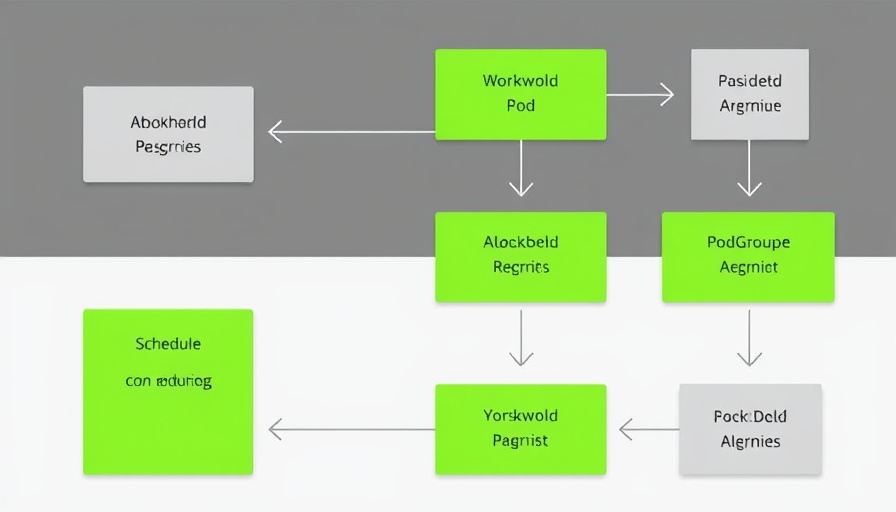
Exciting New NVIDIA GeForce RTX 5050 and 5060 Ti Specs Leaked
The gaming world is buzzing with anticipation as the specs for NVIDIA's upcoming GeForce RTX 5050 and RTX 5060 Ti graphics cards have been leaked. These cards are engineered to cater to the mainstream and entry-level markets, offering access to powerful graphics capabilities for gamers and AI enthusiasts alike.
What the Leaks Reveal About Core Specifications
According to the leaks, the NVIDIA GeForce RTX 5060 Ti is set to feature an impressive 4608 CUDA cores, a significant step up from its predecessor, the RTX 4060 Ti. It will come in two configurations of VRAM: 8 GB and a whopping 16 GB of GDDR7 memory. This offers a notable boost in performance for gamers looking to push their visuals to the next level. On the other hand, the RTX 5050 will feature 2560 CUDA cores and 8 GB of GDDR6 memory, ensuring that it is a worthy entry-level option. Both models will utilize a 128-bit memory bus architecture.
Understanding GDDR7 vs. GDDR6 Memory
The introduction of GDDR7 memory in the 5060 Ti signifies a leap in technology. GDDR7 addresses several performance bottlenecks found in its predecessor by providing faster data transfer rates, which is crucial for demanding gaming scenarios and GPU-intensive tasks like AI model training and simulations. In contrast, the RTX 5050 retains GDDR6 memory standard, yet still maintains competitive bandwidth, offering decent performance for budget-conscious consumers.
Power Consumption and Thermal Design
The TDP (Thermal Design Power) of the RTX 5060 Ti is reported to be around 180W, reflecting a 20W increase compared to the previous generation. This enhanced power consumption could lead to slightly increased thermal outputs, making an appropriate cooling solution essential for gamers aiming to squeeze out maximum performance.
Market Positioning and Target Audience
NVIDIA appears poised to strategically position these new GPUs to capture a wide swath of the gaming and AI markets. With the RTX 5050 targeting budget players who want a reliable graphics experience without breaking the bank, and the 5060 Ti appealing to gamers looking for top-tier performance and memory capacity, NVIDIA is catering directly to its audience’s demands.
Future Insights and Trends in GPU Development
As gaming requirements evolve with more demanding titles incorporating cutting-edge technologies, such as ray tracing and AI-enhanced graphics, the RTX 5060 Ti and RTX 5050 offer insights into industry trends. The growing emphasis on efficient power consumption alongside robust performance signifies a shift towards sustainable gaming. As AI applications continue to expand, these GPUs will play a critical role in AI training and inference tasks, fostering innovation in both gaming and non-gaming sectors.
Conclusion: Keeping an Eye on NVIDIA's Next Move
With the anticipated launch of these new GPUs occurring within the coming months, both AI enthusiasts and gamers should keep a close watch on NVIDIA’s announcements. Improvements in gaming performance and potential optimizations for AI applications present exciting opportunities in the tech landscape. Whether you are looking to upgrade your gaming rig or delve into AI development, the RTX 5050 and 5060 Ti are certainly GPUs to consider.
Call to Action: Stay updated on the latest in tech by subscribing to our newsletter and receive in-depth insights into releases like NVIDIA’s RTX series!
 Add Row
Add Row  Add
Add 




 Add Row
Add Row  Add
Add 

Write A Comment